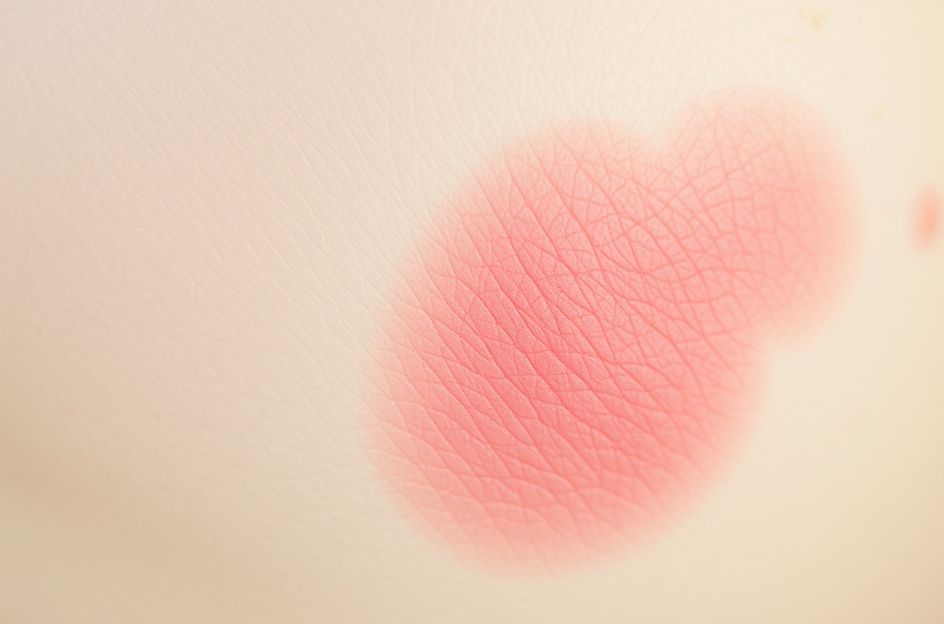Eczema, also known as dermatitis, is a broad term encompassing various types of skin inflammation. While Atopic Dermatitis is often used synonymously with eczema, numerous other dermatological conditions fall under this umbrella. Let’s explore some common types of eczema.
Atopic Dermatitis: This is the most prevalent form of eczema, often stemming from genetic predispositions. It manifests as red, itchy rashes, sometimes with blisters. Allergens frequently trigger atopic dermatitis. Individuals with this condition should identify and avoid their specific triggers. Flare-ups may necessitate treatment with antibiotics and steroids. Given its commonality, understanding atopic dermatitis is crucial.
Irritant Contact Dermatitis: This type arises from direct contact with an irritating substance. Prolonged exposure, even to seemingly benign substances like water, can induce this condition in susceptible individuals. Reactions vary; what triggers a reaction in one person may not affect another.
Allergic Contact Dermatitis: This occurs when the skin comes into contact with allergens, leading to inflammation. Common culprits include nickel, latex, and poison ivy. Similar to irritant contact dermatitis, allergic reactions are individual-specific.
If you experience an unexplained skin rash, consider the possibility of eczema and consult your physician for diagnosis and appropriate care.
Disclaimer: This information is for educational purposes only and should not be considered medical advice. Always seek the guidance of a qualified healthcare professional for any health concerns. Do not implement any advice from this article without first consulting your doctor. The author is not responsible for any consequences resulting from the use of this information.
